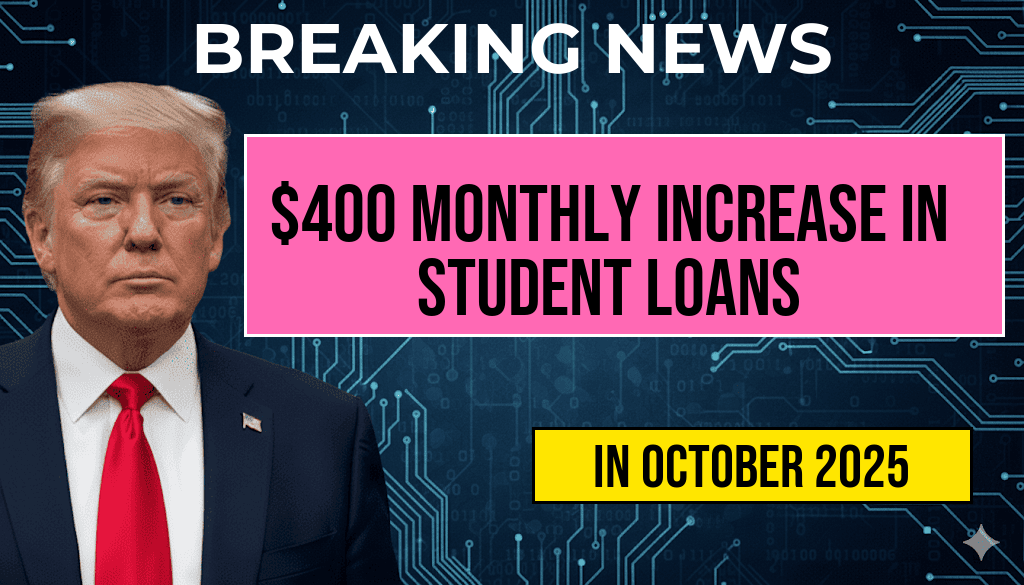In a significant shift aimed at addressing student debt concerns, new regulations have been introduced to cap annual borrowing for college graduates at $20,500. This change also establishes a lifetime borrowing limit of $100,000 for federal student loans. The new caps, effective from the upcoming academic year, are part of a broader initiative to enhance financial literacy among students and ensure that graduates are not burdened with unsustainable debt as they enter the workforce. Proponents of the measure argue that these caps will help to stabilize the growing student loan crisis, while critics worry that they may restrict access to essential funding for some students pursuing higher education.
Understanding the New Loan Caps
The newly imposed borrowing limits specifically apply to federal student loans, which are a primary source of funding for many college students. The annual limit of $20,500 applies to graduate and professional students, while the lifetime cap of $100,000 encompasses all federal student loans, including undergraduate loans. This change marks a pivotal moment in educational financing, as the government seeks to rein in escalating debt levels that have reached alarming proportions in recent years.
The Rationale Behind the Borrowing Limits
The decision to implement these caps stems from a growing concern over the rising tide of student debt in the United States. According to the Federal Reserve, total student loan debt in the U.S. exceeded $1.7 trillion in 2022, affecting approximately 44 million borrowers. This staggering figure has raised alarms among policymakers and educators, prompting calls for reform.
- Promoting Financial Responsibility: By limiting the amount students can borrow, the government aims to encourage graduates to make more informed financial choices.
- Reducing Default Rates: The caps are designed to reduce the likelihood of borrowers defaulting on their loans, which can have long-lasting negative effects on credit scores and financial stability.
- Enhancing Access to Education: Advocates believe that by creating a more manageable debt load, students will be able to pursue their education without the fear of crippling financial burdens.
Implications for College Students and Graduates
The introduction of these caps is expected to have wide-ranging implications for students and graduates. While many may welcome the idea of a borrowing limit, questions arise about how this will affect students pursuing high-cost degrees, such as those in medicine or law, where tuition can far exceed these caps.
Concerns from Educational Institutions
Some educational institutions are voicing concerns about the potential impact of these borrowing limits. Universities that rely heavily on student loans to finance their operations may find themselves in a difficult position if students are unable to access sufficient funds to cover tuition and living expenses.
- Impact on Graduate Programs: Programs that require extensive schooling may see a decline in enrollment as prospective students assess their financial options.
- Increased Financial Aid Competition: Institutions may have to enhance their financial aid offerings to attract students who might be deterred by the new borrowing limits.
Responses from Stakeholders
The new caps have elicited a variety of responses from stakeholders in the education sector. Student advocacy groups have largely welcomed the changes, viewing them as a step in the right direction towards addressing the student debt crisis. However, some financial aid experts caution that these caps may inadvertently limit access for those who need it most.
- Student Advocates: Many organizations are expressing optimism about the potential for reduced debt burdens.
- Financial Aid Experts: Concerns remain regarding who might fall through the cracks under the new limits.
Future Considerations
As the new loan caps take effect, it will be crucial for both students and educational institutions to adapt to this evolving landscape. Financial literacy programs will likely become more important, equipping students with the knowledge they need to navigate their educational financing options effectively. Furthermore, monitoring the effects of these caps will be essential to ensure that they achieve their intended goals without sacrificing access to higher education.
For more information on student loan statistics and trends, visit Forbes or explore the Wikipedia page on student loan debt in the U.S.
Frequently Asked Questions
What is the new annual borrowing limit for college graduates?
The new loan caps set the borrowing limit for college graduates at $20,500 annually.
What is the maximum lifetime debt a college graduate can incur?
The lifetime debt cap for college graduates is now set at $100,000.
How do these new caps affect student loan borrowers?
These new caps aim to limit the amount of debt that borrowers can accumulate, promoting financial responsibility and helping graduates manage their post-college finances more effectively.
When do these new borrowing limits take effect?
The new borrowing limits are set to take effect starting in the next academic year, impacting new loan applications from that point forward.
Are there any exceptions to these borrowing limits?
While the caps apply to most college graduates, there may be exceptions for certain graduate programs or specific circumstances, which will be outlined by loan providers.






